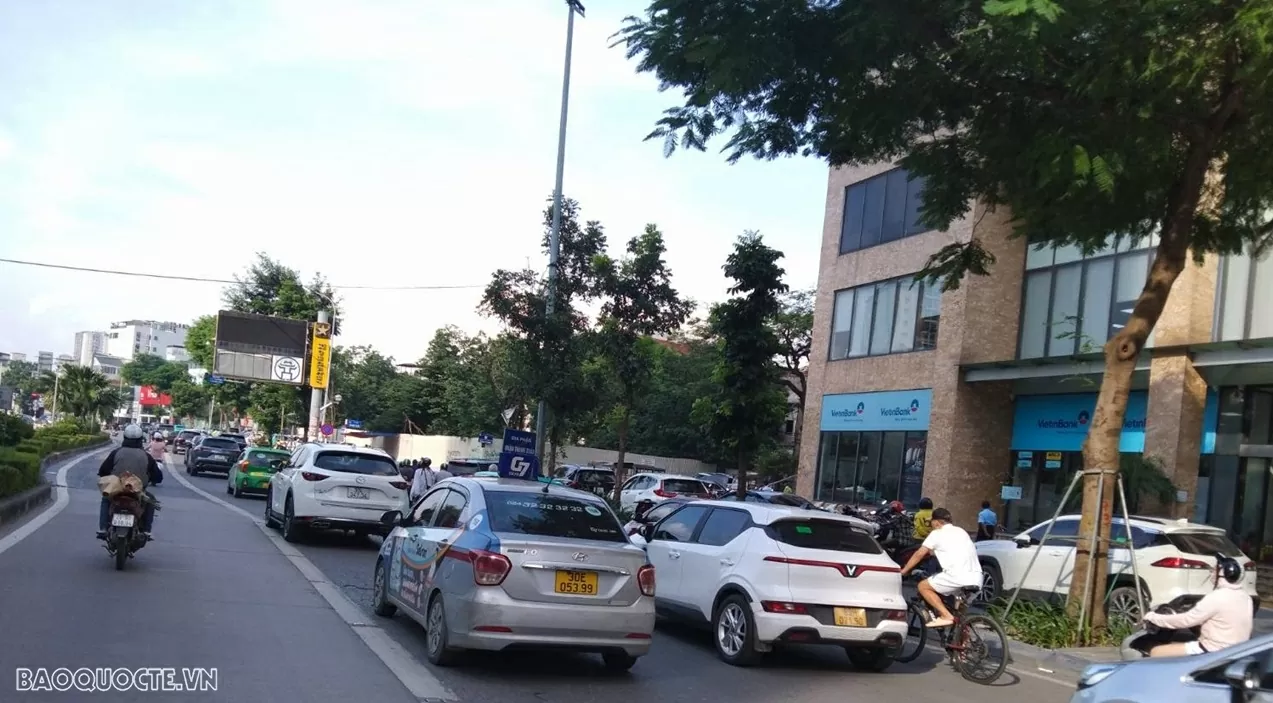 |
| The ban on green motorbikes circulating in Ring Road 1 is an important turning point in the sustainable development strategy of Hanoi Capital. (Photo: Nguyen Nga) |
Towards a greener future
On July 12, the Prime Minister issued Directive No. 20/CT-TTg on a number of urgent tasks and solutions to protect the environment and improve air quality in large cities. The Prime Minister requested Hanoi City to implement solutions and measures for organizations and individuals to convert their vehicles and routes so that by July 1, 2026, no motorbikes or scooters using fossil fuels will be allowed to circulate in Ring Road 1 and implement the following routes.
Currently, Hanoi has over 9.2 million vehicles of all kinds in operation. Of these, the city is managing over 8 million vehicles, including 1.1 million cars and over 6.9 million motorbikes, about 1.2 million private cars and motorbikes from other provinces and cities circulating in the area. The growth rate of vehicles in Hanoi is about 4-5%/year, 11 to 17 times faster than the speed of road expansion.
Deputy Director of the Hanoi Department of Construction Dao Viet Long said that out of the total 6.9 million motorbikes in the city and approximately 1.5 million motorbikes from other provinces regularly operating in the area, up to 70% of motorbikes in circulation are old ones. Statistical studies have shown that motorbikes are the main source of emissions in urban areas. Specifically, motorbikes cause 94% of hydrocarbons (HC), 87% of CO, 57% of NOx and 33% of PM10 fine dust from traffic.
According to Mr. Dao Viet Long, this is a worrying figure. The above analysis results show that the main source of air pollution in Hanoi is emissions from road vehicles, according to statistics, accounting for 58-74% depending on the time.
The continued use of millions of old motorbikes not only affects Hanoi's environment, but also degrades air quality, directly affecting people's health, not to mention the problem of traffic accidents.
This is an important basis for Hanoi to promote low-emission zone policies and convert to green transportation in the coming time.
The decision to ban petrol-powered motorbikes from operating on Hanoi's Ring Road 1 from 2026 is not only a change in traffic policy but also an important turning point in the capital's sustainable development strategy, towards a greener future and better quality of life.
The inevitable trend of modern cities
Switching to green transportation, using low-emission or zero-emission vehicles is an inevitable trend in modern cities around the world , not only to solve environmental pollution problems but also to promote the development of new industries and improve national competitiveness.
Hanoi, with its high population density and large traffic, is under serious pressure from air pollution, noise and traffic congestion. Therefore, banning fossil fuel-powered motorbikes is an urgent need that cannot be delayed.
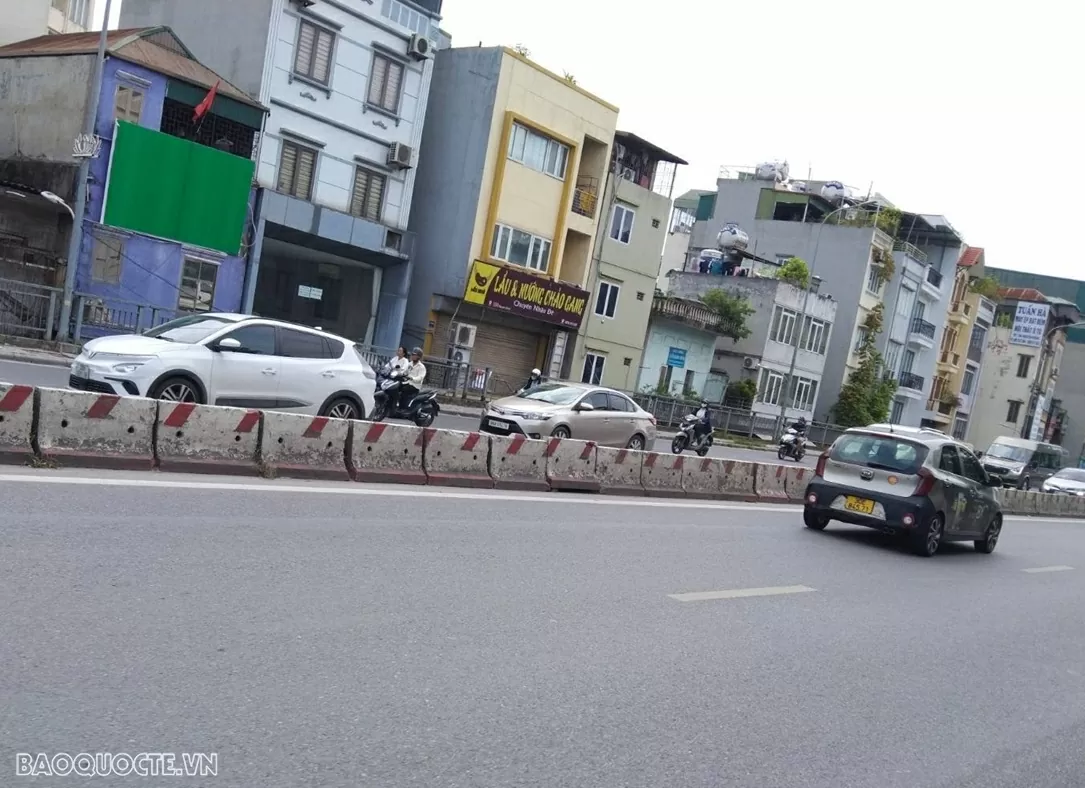 |
| A green transport future cannot be achieved without the active and proactive participation of the people. (Photo: Nguyen Nga) |
Not only does this policy impact the environment, it also opens up opportunities to promote related fields such as the electric vehicle industry, renewable energy, and digital transformation in transportation.
When implemented in the right direction, this can become a lever to help improve national competitiveness and gradually realize the goal of net zero emissions. Furthermore, digital transformation in the transport sector, from infrastructure management to smart applications for users, will also be strongly promoted.
However, no matter how correct a policy is, it cannot succeed without consensus and suitable implementation conditions. Electric vehicles - the expected alternative solution - still face many barriers, especially in terms of cost, accessibility and infrastructure such as charging stations, maintenance, parking lots, etc.
If not addressed properly, people, especially those with low incomes, may be put in a difficult position. For the policy to be successful, there needs to be consistent and appropriate solutions to address these challenges.
| "A green transport future cannot be formed without the active and proactive participation of the people. The government must be a trustworthy companion, listening, supporting and putting people at the center of all planning. There needs to be specific support policies such as subsidizing electric vehicles, developing charging infrastructure, and promoting public awareness of the benefits of green transport." |
Countries that have succeeded in transforming transportation all started with a reasonable roadmap. That is, investing heavily in public transportation, subsidizing electric vehicles, accompanying people rather than simply imposing. Hanoi also needs to aim for synchronization between policy, infrastructure, communication and people's interests. First of all, it must focus on modernizing the bus and train systems; at the same time, developing a friendly connection network for bicycles and pedestrians.
In addition, the implementation needs to be linked to a specific and transparent performance evaluation system, based on indicators such as average travel time, air quality, people's satisfaction level, public transport usage rate, etc. These data are not only a measure of success, but also the basis for timely and flexible policy adjustments.
According to many experts, the policy of restricting fossil fuel-powered vehicles in Hanoi is a step in the right direction to improve the environment and quality of urban life. However, for this policy to be successful and effectively implemented, it is important to change the mindset from "prohibition" to "enabling".
From his perspective, Mr. Nguyen Dai Hoang, Admin of Otofun forum, believes that Directive 20 is the right policy, not only reducing emissions, but also affecting traffic in the city when currently, the number of motorbikes circulating in the inner city is very large. Switching to public transport will be much better, helping to re-plan the city, as many agencies can think about moving their headquarters outside of Ring Road 2, Ring Road 3...
“Those are long-term impacts. However, the policy is correct, but the implementation method and how it affects the people are what we are very concerned about,” said Mr. Nguyen Dai Hoang.
Thus, banning gasoline-powered motorbikes on Hanoi’s Beltway 1 is a start, but its success will depend on careful preparation, coordination and consensus from both the government and the people. If implemented skillfully and strategically, this policy will not only solve traffic and environmental problems but also help the capital develop sustainably.
Source: https://baoquocte.vn/cam-xe-may-chay-xang-tren-vanh-dai-1-ha-noi-xu-huong-tat-yeu-cua-do-thi-hien-dai-buoc-ngoat-huong-toi-giao-thong-xanh-322000.html



![[Photo] Prime Minister Pham Minh Chinh chaired a meeting to evaluate the operation of the two-level local government model.](https://vphoto.vietnam.vn/thumb/1200x675/vietnam/resource/IMAGE/2025/10/29/1761751710674_dsc-7999-jpg.webp)
![[Photo] New-era Party members in the "Green Industrial Park"](https://vphoto.vietnam.vn/thumb/1200x675/vietnam/resource/IMAGE/2025/10/30/1761789456888_1-dsc-5556-jpg.webp)
![[Photo] Fall Fair 2025 - An attractive experience](https://vphoto.vietnam.vn/thumb/1200x675/vietnam/resource/IMAGE/2025/10/30/1761791564603_1761738410688-jpg.webp)


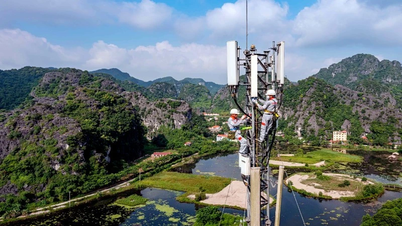

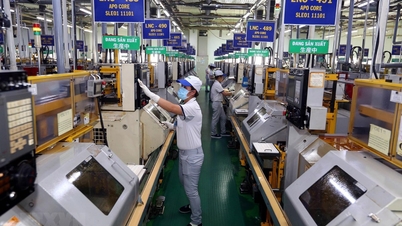

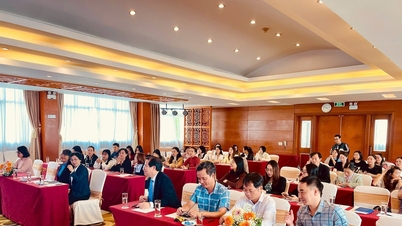

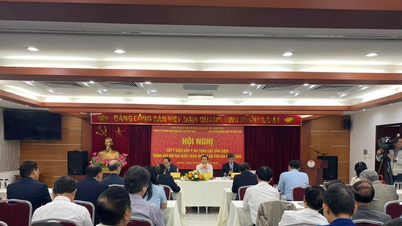

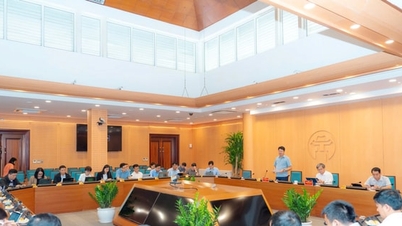

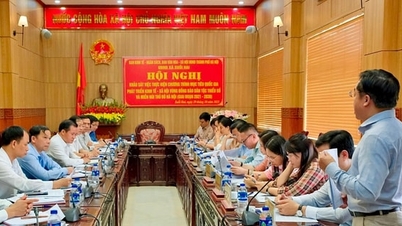
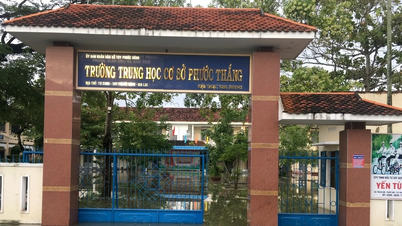










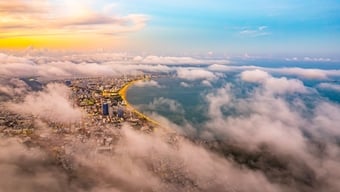
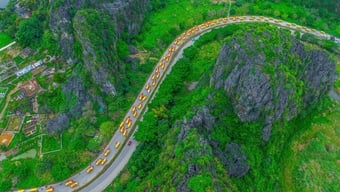

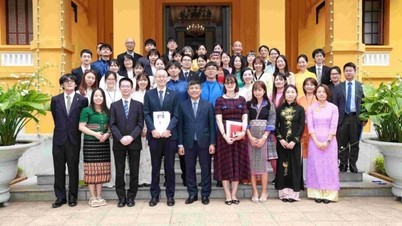
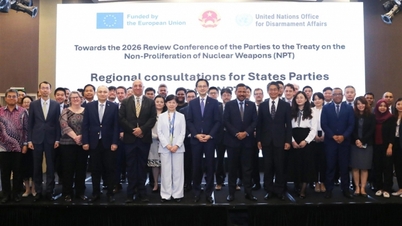
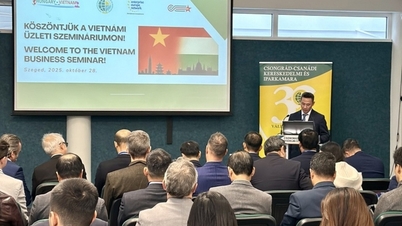
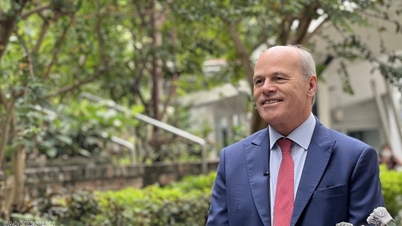
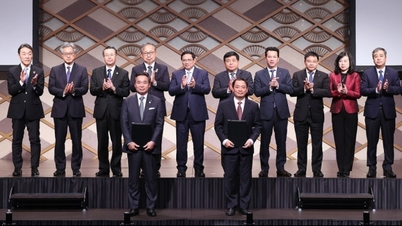








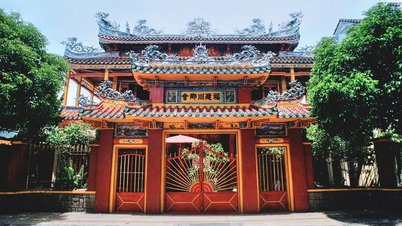
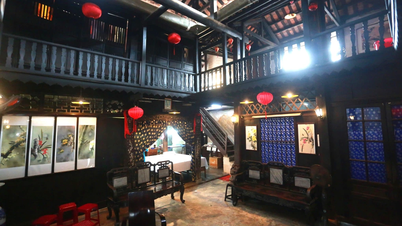


















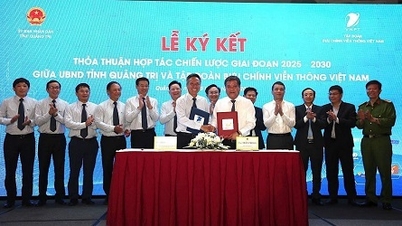
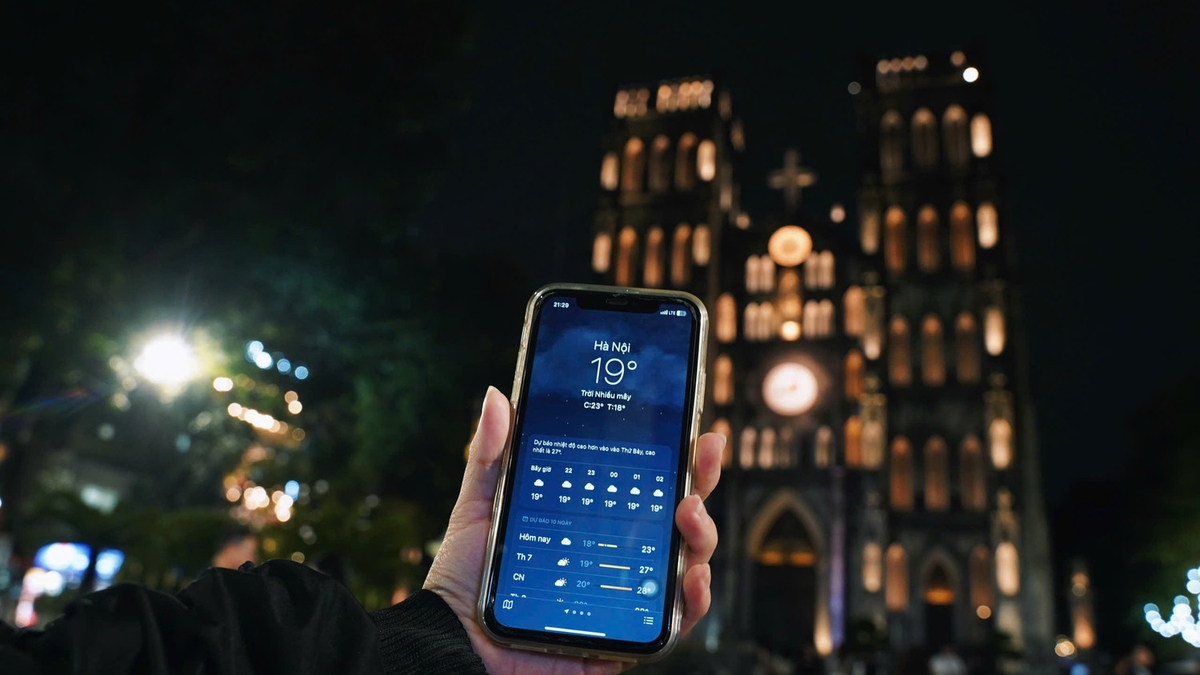


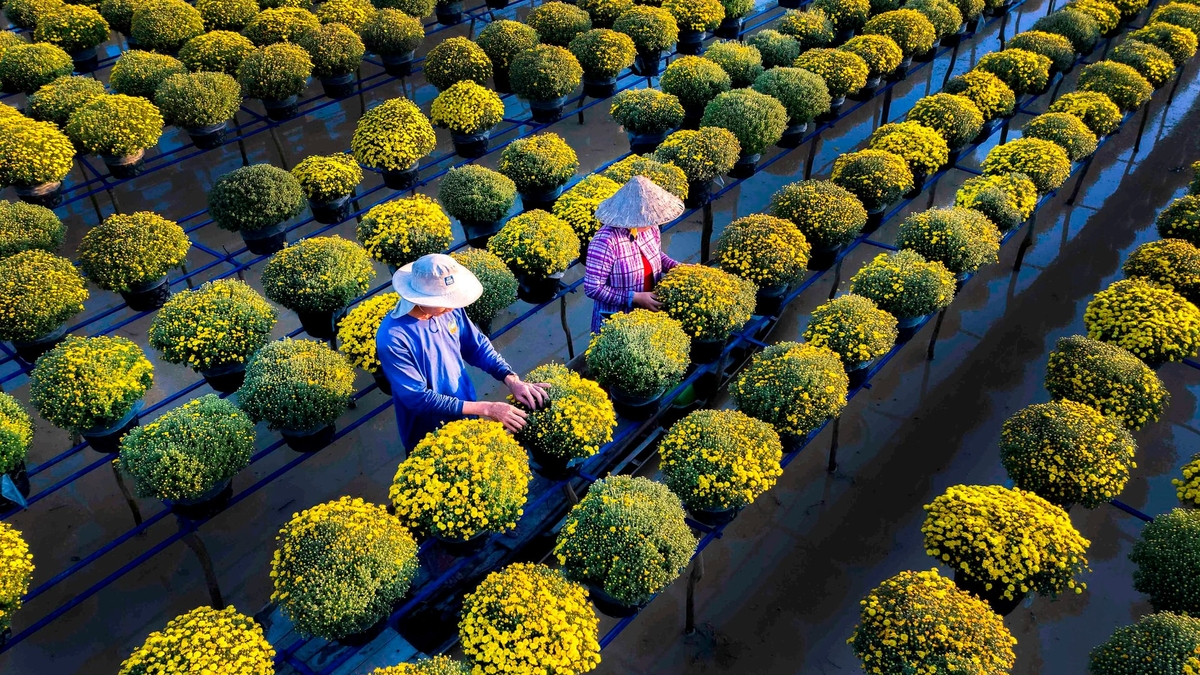

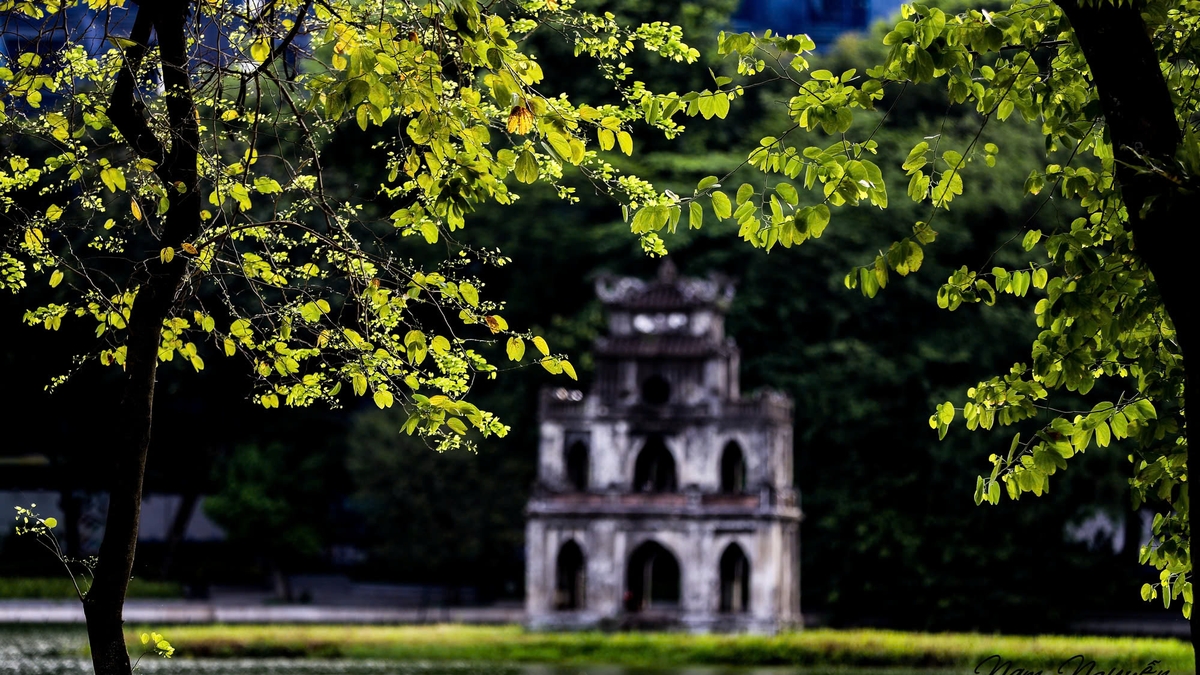
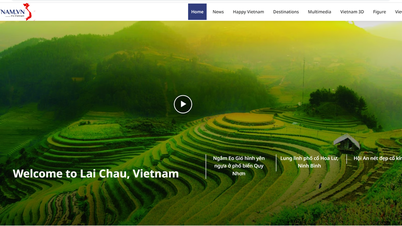
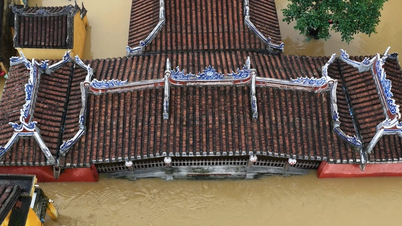

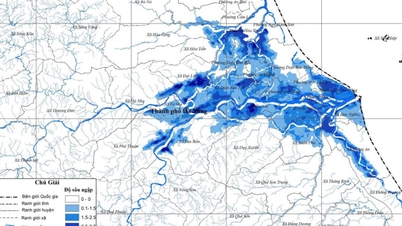


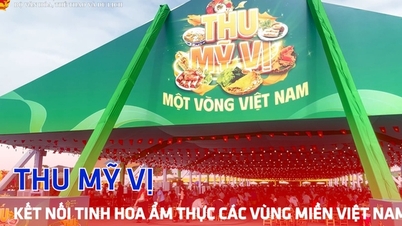

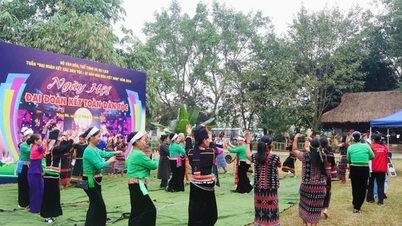
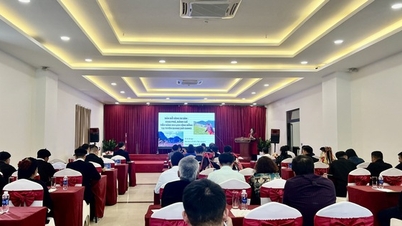
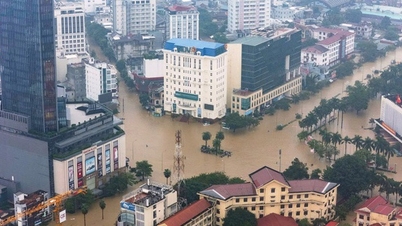


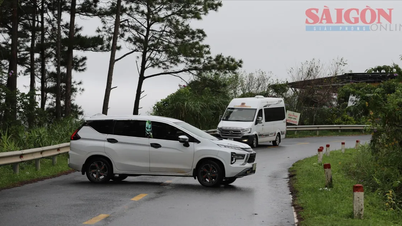






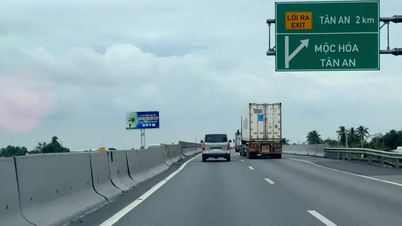












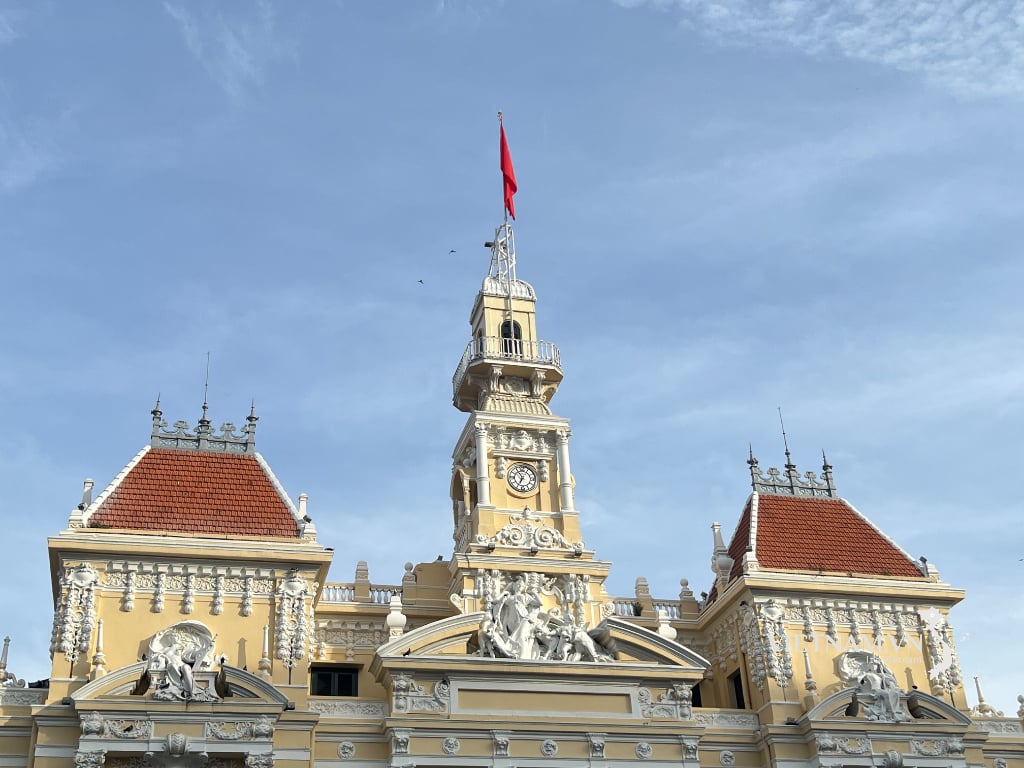


Comment (0)